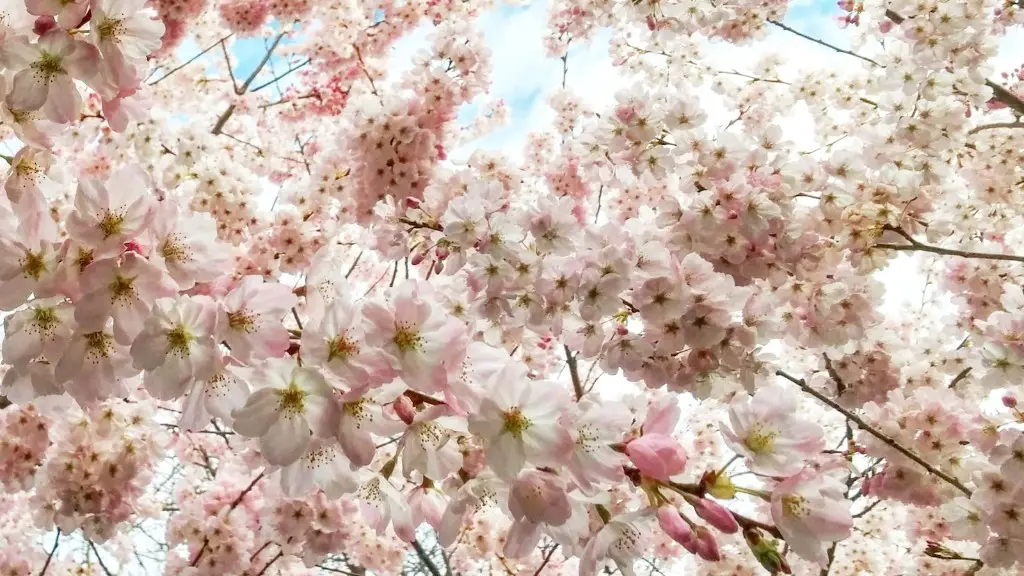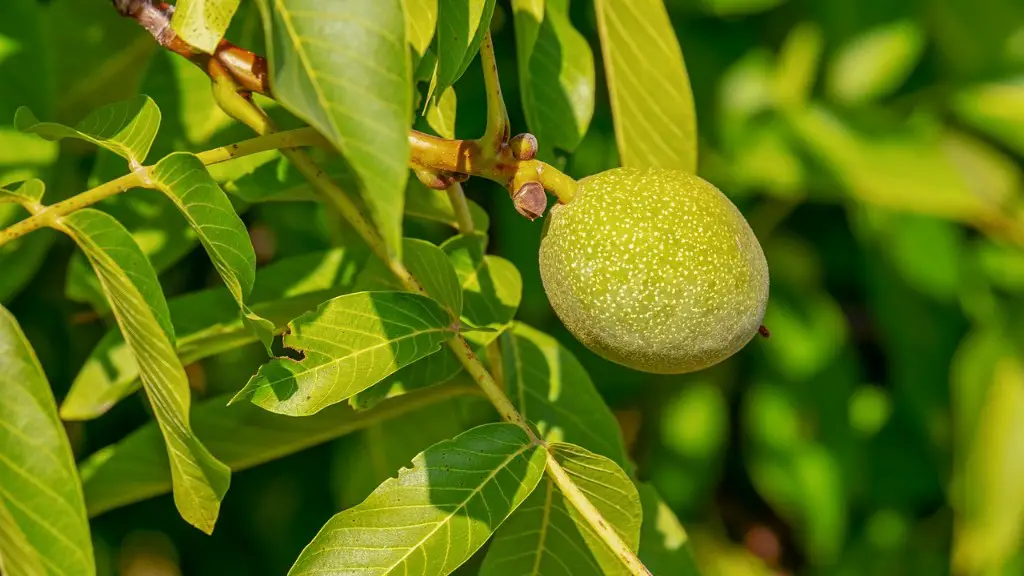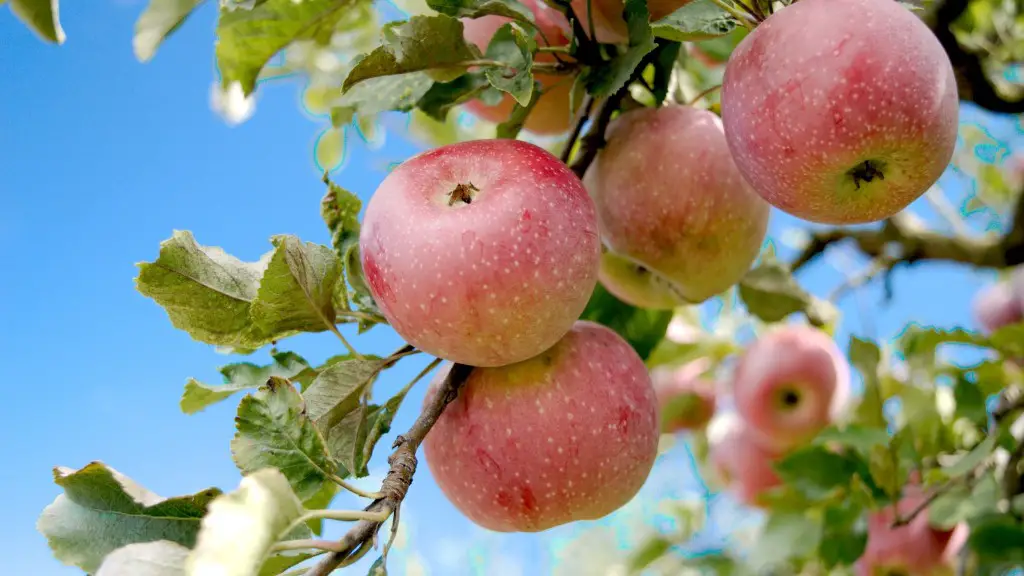Caring for a dwarf lemon tree can be a rewarding and enjoyable experience. To get the most out of your dwarf lemon tree, there are a few steps you need to take. Firstly, it’s important to provide the right environment for your lemon tree. Place the tree in a sunny spot with good air circulation to ensure optimal growth. Additionally, ensure the pot has drainage holes to allow excess water to escape and reduce the risk of root rot.
Beyond providing a warm and well-ventilated area, it’s also important to give your dwarf lemon tree the right amount of water. Aim to water around twice a week and always check the soil at the bottom of the pot to see if it is dry – if it is dry to the touch, it’s time to water your lemon tree. Make sure you don’t over water your lemon tree, as this can cause root rot.
Aim to fertilize your lemon tree every month during the growing season (April – September), using a citrus fertilizer. This will help your lemon tree to develop strong branches and a healthy root system. During the off seasons when the tree isn’t actively growing, reduce the amount of fertilizer you use to every other month.
Finally, it’s important to prune your lemon tree – this will encourage healthy growth and fruit production. Pruning can be done with garden shears or anvil pruners and always be sure to disinfect your tools with isopropyl alcohol before and after use.
By following these simple steps, you can create the perfect environment for your dwarf lemon tree and allow it to thrive.
Providing the Ideal Growing Conditions
Creating the ideal growing conditions for your dwarf lemon tree is essential in order to get the most out of your plant. As mentioned previously, selecting a warm, well-ventilated spot is important – if possible, try to place your lemon tree in an area that gets full sun exposure every day. Ensuring your pot has drainage holes will also help to reduce the risk of root rot, which can be caused by over-watering.
In addition to selecting the right environment for your lemon tree, it’s also important to choose a pot that is the right size. A pot that is too small won’t allow for sufficient drainage, whilst a pot that is too big will allow the roots to ‘become root-bound’ and overcrowded. Aim to get a pot that’s one or two inches (2.5 – 5cm) larger than the root ball – this should give your tree the space it needs to grow.
If your lemon tree is planted outside, you may want to add a layer of mulch around it. This will help to keep the soil moist and regulate the temperature, as well as reducing the risk of weeds growing around the base of the tree.
Following these steps can increase your chances of successfully growing a healthy and fruitful lemon tree.
Watering and Fertilizing
Whilst providing the ideal growing conditions is important, it’s also essential to water and fertilize your lemon tree correctly. As a general rule of thumb, aim to water around twice a week – when it comes to lemon trees, it’s better to err on the side of caution and not water too much, as this can cause root rot.
Fertilizing your lemon tree every month during the growing season (April – September) will help it to develop strong branches and roots, whilst also aiding in fruit production. During the off season, fertilizing every two months is recommended.
When it comes to selecting the right type of fertilizer for your lemon tree, there are a range of different products available. If possible, choose one specifically designed for citrus trees – these are fertilizer that contain higher levels of nitrogen, phosphorus and potassium and will give your tree the nutrients it needs to thrive.
By selecting the right fertilizer and watering your lemon tree regularly, you will help to keep it healthy and producing fruit.
Pruning Your Dwarf Lemon Tree
Pruning is an important step when it comes to caring for your dwarf lemon tree. As the tree grows bigger and produces more fruit, the branches can become overloaded. Therefore, regular pruning is essential – this will encourage healthy growth and allow more air to circulate around the tree.
When it comes to pruning, you can use a pair of garden shears or anvil pruners. Whatever tool you use, make sure you disinfect them with isopropyl alcohol before and after use. This will help to reduce the risk of transmitting diseases to your lemon tree.
When it comes to pruning your lemon tree, aim to make your cuts right behind the growth bud. This will allow the tree to make new buds and branches, as well as allowing more air to flow through the tree and reducing the risk of diseases.
Pruning your lemon tree can help to keep it healthy, promote fruitful blooms and encourage strong growth.
Protecting Your Dwarf Lemon Tree
Lemon trees can succumb to a range of pest infestations, so keeping an eye on the tree for any signs of damage or disease is important. Depending on the pest, there are different solutions available.
For example, if you spot any citrus scale on your lemon tree, you can use rubbing alcohol to remove them. Alternatively, you can use a horticultural oil or spray a pesticide specifically designed to kill pests. If you have any questions, it is best to seek advice from a local gardening expert.
In addition to pest infestations, it’s also important to protect your lemon tree from frost. Make sure to bring the lemon tree indoors during the winter months and if possible, place it in a warm spot. Additionally, adding a layer of mulch around the base of the tree and a layer of soil around the roots can help to protect the tree and keep it warm during the winter.
By looking after your dwarf lemon tree and taking steps to protect it from pests, frost and disease, you can increase the chances of it producing successful fruit.
Ensuring Optimal Health
Finally, it’s important to monitor the health of your dwarf lemon tree and take steps to ensure it’s in optimal condition. One way to do this is to pay attention to the leaves of the tree – if there are any yellowing leaves, this could indicate a nutrient deficiency. Using a fertilizer specifically designed for citrus trees can help to rectify this.
If you notice any dry or black spots on the leaves of your lemon tree, this could indicate mold. To reduce the risk of mold, make sure you clean the leaves of your lemon tree regularly – you can use a hose or a damp cloth to do this.
Finally, it’s important to ensure all your garden tools are clean before and after use – this will reduce the risk of transmitting diseases to your lemon tree.
By following these simple steps, you can help to ensure your dwarf lemon tree remains healthy and produces fruits in abundance.





